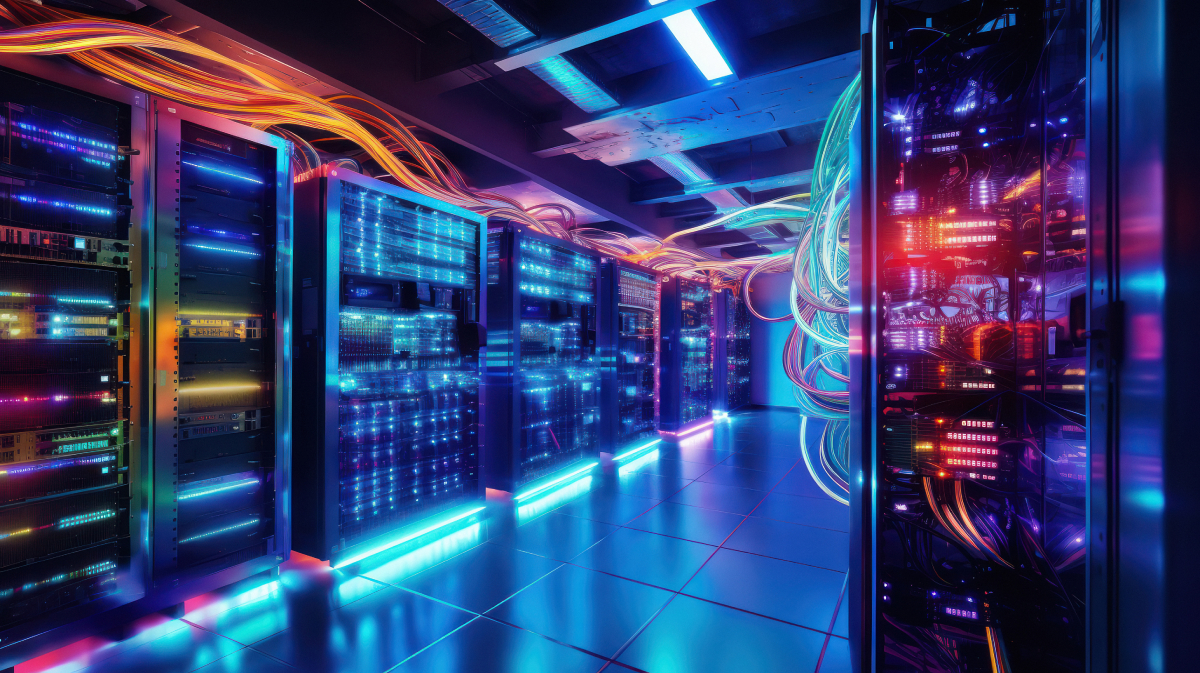Chris Carriero, CTO at Park Place Technologies, explains why liquid cooling is now mission-critical.
As we experience the AI revolution, the promise of advancements in fields like healthcare, education and autonomous vehicles is immense and exciting. However, this digital transformation comes with a price – escalating energy consumption. And data centres, the backbone of AI infrastructure, are significant energy consumers, playing a notable role in global carbon emissions.
Consider this: a search query on ChatGPT requires nearly 10 times the electricity to process compared to a traditional Google search. This stark comparison highlights the environmental cost of GenAI. As businesses strive to keep pace with demand, they are increasingly turning to on-premises hardware to meet new computing power requirements. This shift underscores the urgent need for innovative solutions to address both financial and environmental challenges. And, with the adoption of GenAI in workplaces having increased from 22% in 2023 to 75% in 2024, action is necessary.
Currently, traditional air cooling has been struggling to combat the power consumption of data centres. Enter immersion liquid and direct-to-chip cooling, exciting and advanced technologies poised to tackle this sustainability challenge head-on. By embracing these businesses can ensure that their sustainable AI strategy enables them to innovate responsibly without sacrificing the planet.
Unmatched efficiency
Liquid cooling stands out for its exceptional heat dissipation capabilities, far surpassing traditional air-cooling methods. While air cooling captures only about 30% of the heat generated by servers, immersion liquid cooling captures nearly 100%. This efficiency allows data centres to significantly reduce energy consumption.
By eliminating power-hungry fans and relying on direct contact with heat-generating components, liquid cooling systems use water or refrigerant to cool servers more effectively. This approach not only enables data centres to pack more computing power into smaller spaces but also maintains optimal temperatures, resulting in a reduced carbon footprint without compromising business growth.
According to McKinsey, cooling accounts for approximately 40% of a data centre’s energy consumption. By adopting liquid cooling, businesses can achieve substantial energy savings, paving the way for sustainable expansion and innovation.
Enhanced reliability
Overheating is a major threat to data centre equipment, often leading to costly downtime and system failures. A notable case occurred in 2020 when a cooling system failure in a Microsoft Azure data centre caused a six-hour service interruption that stopped customers in the Eastern United States from being able to access Azure cloud services. Such risks must not be overlooked in data centres driving AI applications, with processors prone to throttling at high temperatures to prevent damage. This protection mechanism leads to increased processing time that could have knock-on effects for organisations’ customers.
Liquid cooling also offers superior heat management, ensuring consistent and reliable operation of AI workloads. Maintaining optimal temperatures helps to extend the lifespan of critical infrastructure components, like CPUs and GPUs, too. This, in turn, minimises the risk of errors, data corruption and system crashes.
Scalability and flexibility
As AI models grow in complexity so does the demand for digital infrastructure. Liquid cooling solutions are designed with scalability and modularity in mind, allowing data centres to easily adapt to evolving needs. For example, modular designs, such as those enabled by immersion cooling tanks, allow for seamless expansion and reconfiguration.
One crucial factor for businesses to fully benefit from liquid cooling solutions is the creative redesign of future data centres. The industry is already discussing what the next generation of data centres looks like, with Oracle recently announcing plans for a data centre powered by three small nuclear reactors. Ensuring the intentional planning of AI infrastructure from the outset will be essential to ensure that designs can evolve to fit future demand.
As we venture deeper into the AI era, the choices made today in the design of data centres will shape the technological landscape of tomorrow. Embracing liquid cooling is not just about addressing current challenges, it’s about future-proofing critical infrastructure for the innovations yet to come. As AI continues to transform industries, let us lead with foresight and responsibility, ensuring that our digital evolution aligns with environmental stewardship and paves the way for a resilient future.



